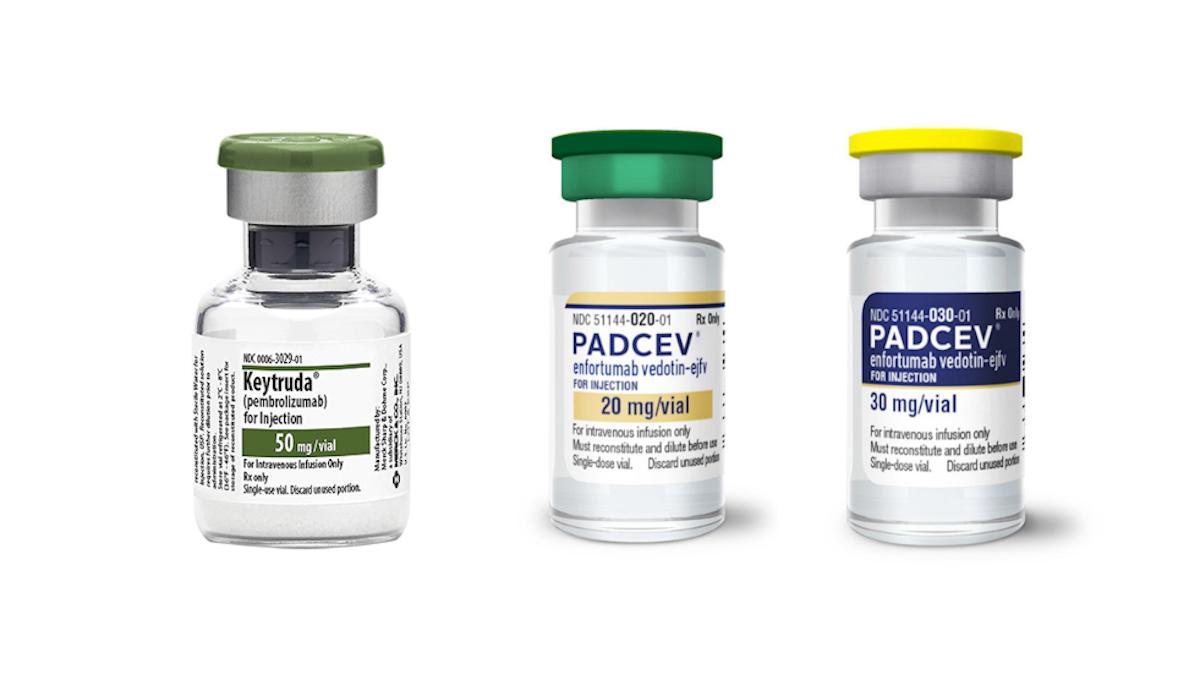From patient engagement to patient centricity

Words matter. In the pharma industry, “patient engagement” and “patient centricity” might seem like interchangeable bits of corporate jargon. But the difference between them is not like the choice between “agreeing” and “aligning” or “getting together later” and “taking this offline.” Going from the vital activity of patient engagement to the more encompassing state of patient centricity requires big steps in the evolution of new-drug discovery, development, and delivery.
Let me make clear that patient engagement is essential in its own right. It has been the focus of much of my career as a physician inside the drug industry. When I bring up patient centricity it is not to disparage where we have been but to point to where I believe we can go as an industry. Patient centricity represents five important steps forward.
First, patient centricity is a transformation of the “listen-and-scribe” approach associated with patient engagement into genuine dialogue and more importantly, action. Many companies make efforts to brief patient advocates on their pipelines and plans—all to the good—but encourage little more than Q&A periods in response. For their parts, patient advocates share survey results with drug companies or recruit patients and caregivers to speak about the nature of their diseases and existing treatments. Often, however, such research takes place quite literally behind the barrier of a one-way mirror or its digital equivalent—with little or no opportunity for follow-up discussions, deeper grappling with the issues raised, and actionable commitments.
Patient centricity, instead, demands dialogue. It is drug developers, patients, advocates, and caregivers in active conversations—more likely to involve clean sheets of paper than prepared scripts. Dialogue means grappling with fundamental issues, such as the importance of improving quality of life while also trying to prolong life, what particular side-effects really are like to live with, which real-world barriers prevent clinical-trial participation, how scientists’ and doctors’ failure to communicate in plain English makes research harder, and so forth. Dialogue requires humility on the drug company’s side—accepting that sometimes we are wrong about matters we think we understand—and trust on the patients’ side that representatives of large, for-profit entities really have come to listen.
Second—and closely related to the first transformation—patient centricity requires new kinds of relationships between industry and patient advocacy groups. Historically, interactions usually are transactional: grants for advocacy activities, participation in fundraising dinners, invitations to receptions at medical conferences, and the like. Much of this can be helpful—and in some ways essential—to support these groups in educational activities needed by their constituents.
But patient centricity calls for intentional and robust partnerships between pharma companies, patient-advocacy organisations, payers, and non-profit research groups rather than simply transactions. It means pioneering new types of ongoing, eye-level working groups on key efforts such as setting drug-development goals vital to patients, designing clinical trials, gathering data and applying it, educating patients, and ultimately determining full value and fair pricing. Such a transformation will require guidance and vigilance on the ethics of collaborating across sectors—but it can and should be done to improve the quality of everyone’s work.
Third, patient centricity is the transformation of outputs into points of constant reference. Few transformations sound smaller but promise bigger rewards. Today’s “outputs” already include reports, slide decks, and perhaps audio or video recordings of the (one-way) proceedings. In the best cases, a handful of drug-company decision makers see these outputs once and retain a few insights. More often, however, everyone just moves on.
When patient centricity takes hold, however, patient insights are ubiquitously available and embedded into decisions large and small. The rising embrace of “patient journey” approaches can help to achieve this, in which every aspect of patients’ experiences from symptoms to diagnosis to treatment through daily life is interrogated and preserved in accessible “maps.” Digital technology can be a big help, turning turgid reports into living, visually appealing reminders of what is at stake for patients in the delivery of new treatment options. The goal must be to reference what has been learned at every stage of the drug-development pipeline—so that patient insights become guiding principles rather than afterthoughts.
Fourth, patient centricity means that every function within a company orients to the patient instead of a designated “patient advocacy” function that does most of the heavy lifting and then tries—with varying degrees of success—to expose the rest of the company’s work to patient insights. Often, patient-advocacy teams are inadequately funded and staffed both to manage external relationships and pull off comprehensive internal education simultaneously.
Patient centricity is a major change because it makes every function accountable for taking patient insights seriously—even as patient advocacy teams continue their critical work. The result may look similar to the role of ethics and compliance teams. Individuals in those functions are the experts, but their existence does not absolve every other employee and company component from conducting themselves ethically and complying with the law. Ideally, patient centricity will become a verb as much as a noun—as medical affairs, regulatory, marketing, sales, and other functions in pharma companies work “to patient center” their roles—figuring out what needs to change so that patient insights never are sidelined.
Finally, patient centricity means a mindset change where prioritisation of patient insights is concerned. Today’s default mindset often is “all other things being equal, we should act on what we learn from patients.” It remains a paternalistic mindset, in which patient insights remain subordinate to the wisdom of those who really know what matters.
Patient centricity takes patient insights from “all other things being equal” to “if at all possible, this must carry the day.” When that happens, outcomes will change. The result will be better medicines than we otherwise would have developed, likely at a faster pace—since we will spend less time correcting misperceptions and overcoming unforeseen hurdles—and quite possibly at a cost saving.
Patient centricity is not jargon. It is loaded with meaning. And it is how the pharma industry needs to evolve.
About the author
 As Senior Vice President and Head of Patient Centricity at Astellas Pharma, Anthony Yanni is responsible for leading the development and execution of the company’s global patient centricity strategy across all functions of the organization, meaningfully integrating the patient perspective into the discovery, development and delivery of innovative healthcare solutions. Globally across Astellas there is a shared vision to better and more genuinely understand the patient journey in the real-world setting, which addresses key areas that matter to patients and applying their unique insights to the entire product lifecycle – from early research to development and, ultimately, to utilization.
As Senior Vice President and Head of Patient Centricity at Astellas Pharma, Anthony Yanni is responsible for leading the development and execution of the company’s global patient centricity strategy across all functions of the organization, meaningfully integrating the patient perspective into the discovery, development and delivery of innovative healthcare solutions. Globally across Astellas there is a shared vision to better and more genuinely understand the patient journey in the real-world setting, which addresses key areas that matter to patients and applying their unique insights to the entire product lifecycle – from early research to development and, ultimately, to utilization.
Previously, Anthony served as the Global Head of Patient Insights, Solutions and Outcomes at Sanofi. Earlier in his career, he held positions of increasing responsibility and impact in Clinical Development, Translational Science and Medical Intelligence and Patient Perspectives. A Board-certified physician, Anthony also practiced internal medicine for 12 years and served as both Chief of Internal Medicine and Chief Medical Officer of a hospital system.
Anthony currently serves on the board of directors for Patient Focused Medical Development (PFMD), a global organization aiming to transform the design and development of research and medicines by focusing on unmet patient needs..
He holds an MD from Drexel University School of Medicine, an MBA from the University of Massachusetts and a BS from the University of Scranton.












